SEAT's Survival Depends On Volume, Crossovers
1 million units a year. That’s going to be the minimum volume necessary for car makers to survive, if you believe SEAT boss James Muir. His struggling brand sold just 320,000 cars last year, and their exposure is largely limited to economically ill countries in the sunny areas of Europe.
This would be a recipe for disaster for most car companies, but luckily, SEAT is part of Volkswagen. That doesn’t mean their survival is guaranteed, but it does help. SEAT is hoping that the new Leon C-segment hatch, as well as an upcoming MQB-based rival to the Nissan Qashqai, will help increase their overall volume. But it’s hardly a done deal.
In an interview with Autocar, Muir outlined the brand’s predicament
“We have to bring volume to the table as well as profits…in the short-term that means the investment we have received for the Leon family needs to translate into sales. Then every bit of investment we get thereafter needs to pay off. With that, we can shout louder within the Volkswagen Group to get more investment.”
With Volkswagen and Skoda crowding the low end of the marketplace, it’s tough to rationalize why Seat even needs to exist. While the brand has traded on sporty products like the Leon and Ibiza Cupra, the Qashqai rival, sold at an appealing price point could end up being the brand’s savior.
More by Derek Kreindler
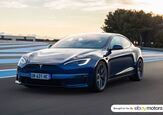
















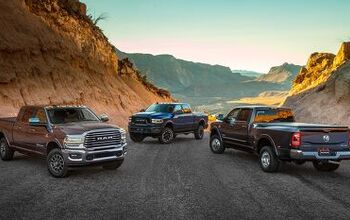

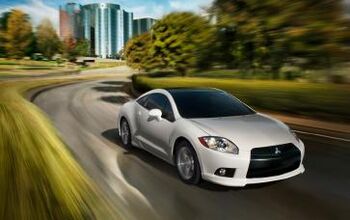
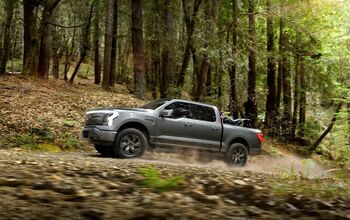



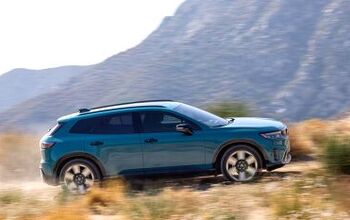
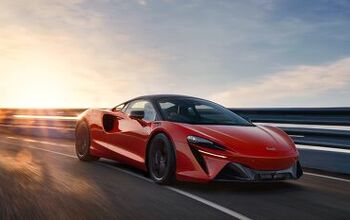
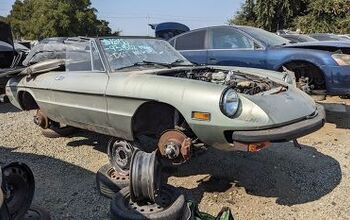
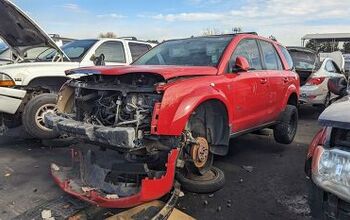

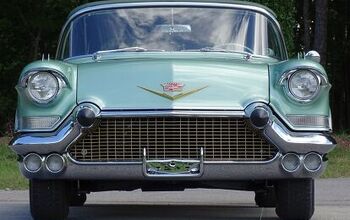
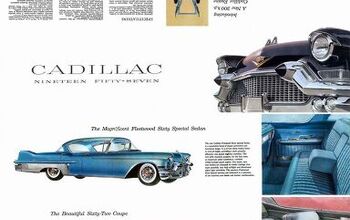
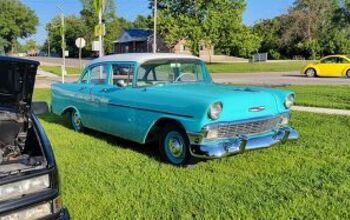
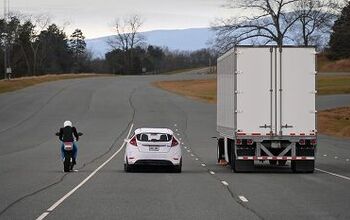
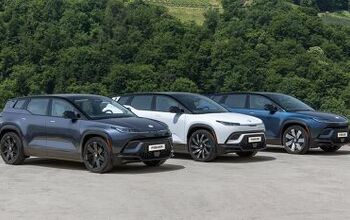
Comments
Join the conversation
There's actually a considerable degree of difference between how Volkswagen, Skoda and SEAT products feel. Skodas tend to be focused more on comfort and practicality, and less on handling and performance. They have a robust, durable, no-nonsense feel similar to Volvo. SEATs have always been focused more towards the enthusiast end of the mainstream market, routinely churning out ever hotter versions of the Ibiza and Leon. Nearest I can make out, Volkswagen is content to split the difference between its two lower-tier brands, being neither as comfort focused as Skoda, nor as performance oriented as SEAT. On the matter of volume, Skoda is seen as a massive success by the VW Group, and it doesn't manage to sell 1 million units a year, so I see no reason why the more niche SEAT brand should expect to sell that many. Maybe 500,000 per year, but certainly not 1 million.
What are the chances for SEAT to become VAG's low cost brand? They could exploit their Latin America's positive brand image for their re introduction into South American markets and worldwide factories to produce them. I personally always liked SEAT but as of late their designs have become controvertial i.e. Altea, latest facelifts of both the Toledo and Ibiza models. Adding a small SUV or CUV would help the cause of survival. Finally, I think Spaniards sense of pride would take a hit if SEAT dissapeared, however, a victory of La Roja against France played tonight at the World Cup qualifiers might certainly help...
VW makes the same misstake as GM has done for 40 years. Lots of brand engineering. They make too fine Skodas for the best of VW and Audi. Shouldn't Skoda bee a good economical car? Why are they making the Superb? It cannibalize on Passat. Why so nice VW, it hurts Audi. And Seat, what should it be? VW's Pontiac? Young and sporty but why make a Skoda RS then? If they need the capacity it would be better producing some of the other brands in Spain and wind down Seat.
The sentence about Volkswagen, Skoda and Seat crowding the low end of the Europe's marketplace shows how little Derek knows about European market. So, let me, as motoring journalist from Czech Republic (country where Skodas are built and have HUGE market share), shed some light on the subject: Volkswagen is nowhere near the bottom of the European market. Don't forget that US Volkswagens are heavily decontented vs. the European ones - ours are a more upscale than Opels and at least on the same level as Fords. VW and Ford are slowly moving into the strange "sub-premium" territory, formerly occupied by Saab and Volvo. You can imagine the Volkswagen brand as VAG's Buick. Škoda doesn't compete with Volkswagen much, as Škodas are usually bigger and more practical, but cheaper versions of VW's on the same platform. For example, Octavia, built on the Golf platform, is nearly as big as VW Passat, but it costs as much as a Golf. Superb costs a tiny bit more than Passat, but offers space more like Audi's A6. You buy Škoda if you need a big car, but can't afford the VW. The difference in equipment and technology is small, but in image, it's noticeable. Škoda is VAG's Chevrolet. (to put it in further perspective - VW is slightly more upscale in EU market than Opel, which is de facto Buick, and Škodas are more upscale than Chevrolets - about the same margin) In this scheme of things, Audi, of course, represents the Cadillac, which works. And Seat represents Pontiac. Wannabe-sporty brand, offering tarted up Škodas (Chevrolets). The problem is, Seat has no history with sports cars (unlike Škoda), or, in fact, no history at all. Imagine Pontiac in the 90s, without the memory of GTO, Firebird, Grand Prix or any other great car in their history. That's Seat. And that's why it's going to fail.